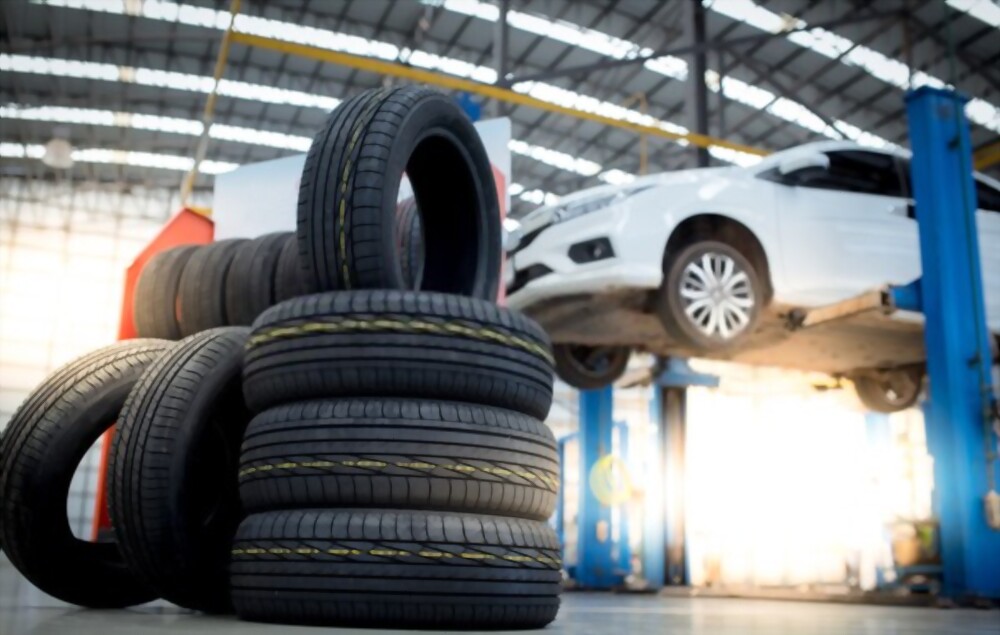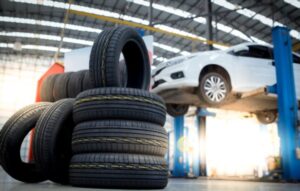Tire Rotation 101: Why It’s Important and How to Do It
Heading: Extend the Lifespan of Your Tires with Regular Rotation
Regular tire rotation is not only crucial for maintaining optimal performance, but it also plays a vital role in extending the lifespan of your tires. Many vehicle owners underestimate the impact of this simple maintenance task, often neglecting its necessity until faced with costly tire replacements. By regularly rotating your tires, you can ensure even wear across all four wheels, thereby maximizing their lifespan and avoiding premature replacements.
Consistent tire rotation prevents uneven tread wear, which is one of the primary culprits behind reduced tire life. Front tires typically bear more weight and endure increased friction during turns, causing them to wear down faster than the rear ones. Over time, this imbalance can lead to significant differences in tread depth, affecting traction, handling, and fuel efficiency. By rotating your tires at regular intervals of around 6,000 to 8,000 miles, you will evenly distribute the wear, improving overall tire performance and ensuring a safer driving experience.
Heading: Enhance Performance and Safety on the Road
Tire rotation not only helps extend tire life but also enhances overall performance and safety on the road. As tires wear down differently due to various factors like weight distribution and alignment, their ability to grip the road surface diminishes. This can lead to reduced traction, compromised braking performance, and decreased stability, especially in slippery conditions. Regularly rotating your tires helps equalize wear patterns, enabling each tire to function optimally, which translates into improved handling, better fuel efficiency, and enhanced safety.
Moreover, unevenly worn tires can negatively impact your vehicle’s suspension and alignment. When one or more tires wear down prematurely, it can cause the suspension system to work harder, leading to potential damage and the need for costly repairs. By investing in regular tire rotation, you can reduce the strain on your vehicle’s suspension components, assisting in preserving their longevity.
Heading: How to Rotate Your Tires – A DIY Guide
Rotating your tires can be done at home or by a professional, depending on your comfort level and expertise. If you’re an avid DIYer, here’s a step-by-step guide to tire rotation:
1. Start by parking your vehicle on a flat surface and engaging the parking brake for safety.
2. Locate the manufacturer’s recommended rotation pattern in your vehicle’s manual or consult a trusted source. Common rotation patterns include front-to-back, side-to-side, X-pattern, and many more.
3. Before removing the tires, ensure that all lug nuts are loosened but not fully removed. This will facilitate an easier tire swap.
4. Jack up your vehicle according to your owner’s manual instructions and use appropriate jack stands to secure it.
5. Begin the rotation by removing the relevant tires according to the rotation pattern you’ve selected. Remember to exercise caution while handling the tires, especially if they are heavy or bulky.
6. Once the tires are swapped and evenly tightened, lower your vehicle and check the tire pressure to ensure proper inflation.
While DIY tire rotation can be a fulfilling task for some, it’s also essential to consider professional assistance. Qualified technicians have the expertise and specialized equipment to conduct thorough inspections and perform rotations accurately, ensuring the best results.
Heading: Consider New Tires for Optimal Performance
Regular tire rotation is undoubtedly beneficial, but there may come a time when your tires have reached their maximum potential. Aging tires, extensive wear, or specific performance needs might necessitate investing in a new set. When considering purchasing new tires, prioritize quality and match them to your driving conditions. Consult with tire experts who can guide you in choosing the ideal tires for your vehicle, providing enhanced performance, longevity, and safety on the road.
In conclusion, tire rotation is an essential maintenance practice that should not be overlooked. By following a regular rotation schedule and considering new tires when necessary, you can extend the lifespan of your tires, enhance performance and safety, and ensure a comfortable and confident driving experience. Prioritize the care of your tires, and they will reward you with optimal performance for miles to come.





